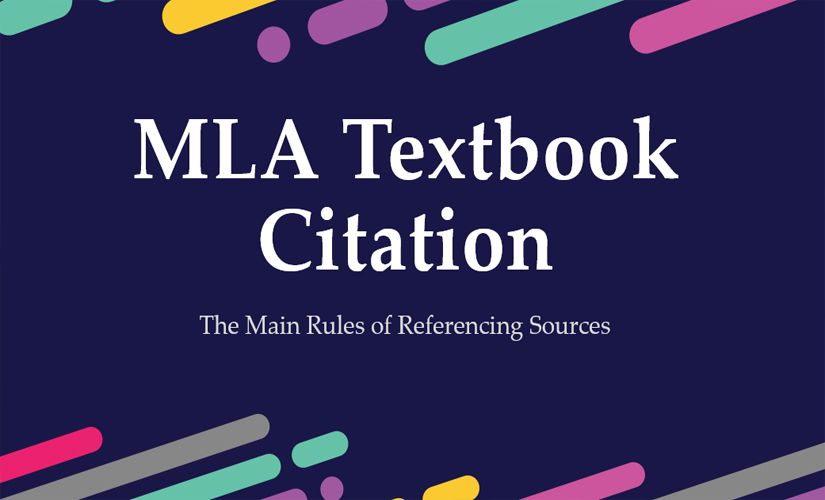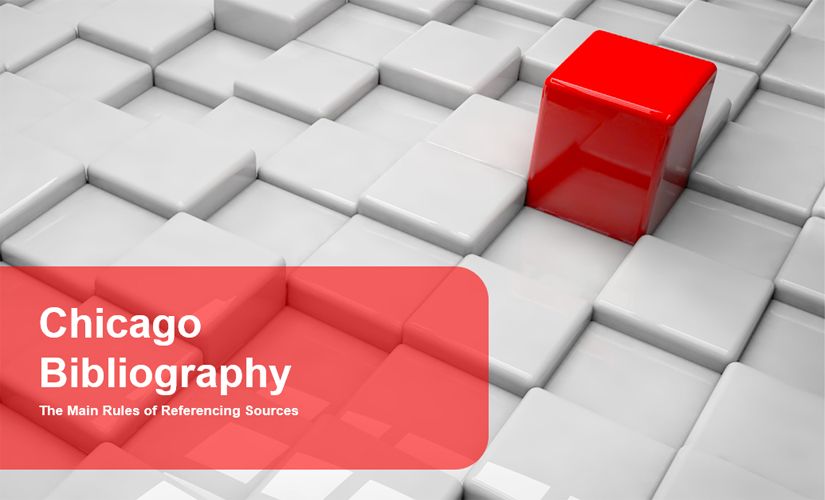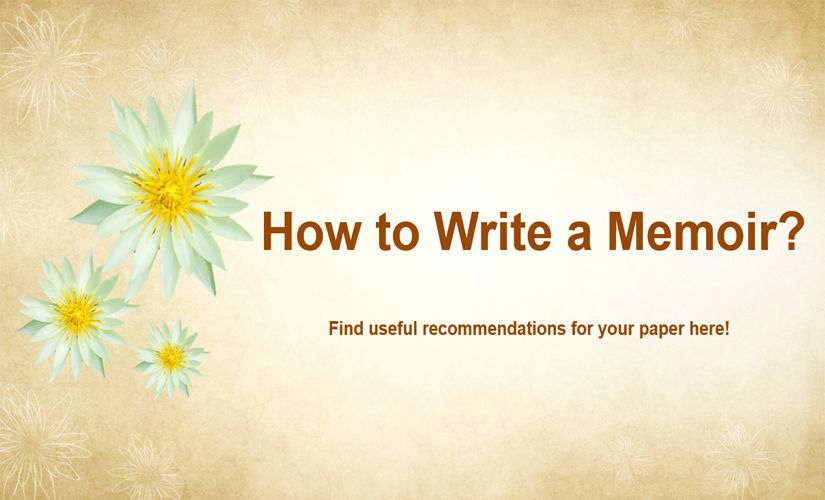The Modern Language Association of America (MLA) have published the MLA Handbook of the 8th edition format. Basically, this guideline on the MLA textbook citation provides the rules for books and other sources. In this case, there are two main types of books used during coursework: course textbooks and regular books. Hence, the Works Cited entries for course textbooks and regular books are based on a universal set of rules that govern formatting and styling for all sources.
Historical Significance
The motivation behind the creation of the Works Cited entries has shifted from formatting based on publication medium. Before the publication of the eighth edition of the MLA textbook citation, this writing style provided specific formats for Work Cited entries. For instance, it varied depending on the source’s medium. Basically, this approach became problematic when sources began appearing in mediums that were not typically covered in the MLA citation, for example, eBooks and Kindle books. Consequently, citing some sources became impossible because no clear rules were available. In turn, the MLA format citation addresses this challenge by focusing on elements common to most sources and providing a single set of rules for their ordering and formatting. Also, the changes in the eighth edition suggest that all sources should conform to a universal format. Therefore, the nature of a source has lost its meaning in the MLA style.

The Development of the MLA Textbook Citation
The development of the MLA Works Cited for all sources in the MLA format paper follows a universal set of rules of the MLA textbook citation. Basically, these guidelines classify citation elements into two groups: core and optional elements. First, core elements include the authors’ names, the title of the source, the container’s title, information on other contributors, version, number, name of the publisher, date of publication, and location. Basically, a writer should strive to provide all these details if they are readily available. Moreover, the elements should follow the order provided in the above list. Then, optional elements consist of the original publication date, city of publication, access date, and other facts regarding the source. In turn, people may include optional elements based on the writer’s best judgment concerning their usefulness to the readers’ understanding of the essay. Hence, core and option elements define the universal MLA format Work Cited.
Other Features
There exist multiple forms of book Works Cited entries depending on the availability of core elements and the relevance of optional elements. For instance, the MLA style citation for a book may vary even when writers are citing the same source. However, all versions are considered to be correct documentation in the MLA textbook citation. Hence, examples of Work Cited entries for books are provided below, which demonstrate the universal rule for MLA citations.
Examples of the MLA Textbook Citation:
Lucas, Bryant. Medical Intervention in Conflict Areas. Oxford UP, 2015.
Jones, Mike, editor. A Collection of Native English Poetry. U of Boston P, 1999.
Holt, Jacks, and Laura Paulson, translators. MLA Textbook Citation. By Fredrick Jacobs, Vintage eBooks, 2019.
Roberts, Peter. History of Old London. 2nd ed., vol. 2, Yale UP, 2007. 12 vols.
Conclusion on the MLA Textbook Citation
In conclusion, the MLA textbook citation does not have specific formats for individual source types. Basically, a course textbook does not have a unique Works Cited entry format. However, it can distinguish it from other books. As a result, the development of course textbooks citations is subject to the universal citation rules. In turn, people may see the MLA citation example to be familiar with other features of the writing format.


